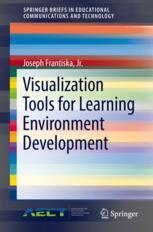

Most ebook files are in PDF format, so you can easily read them using various software such as Foxit Reader or directly on the Google Chrome browser.
Some ebook files are released by publishers in other formats such as .awz, .mobi, .epub, .fb2, etc. You may need to install specific software to read these formats on mobile/PC, such as Calibre.
Please read the tutorial at this link: https://ebookbell.com/faq
We offer FREE conversion to the popular formats you request; however, this may take some time. Therefore, right after payment, please email us, and we will try to provide the service as quickly as possible.
For some exceptional file formats or broken links (if any), please refrain from opening any disputes. Instead, email us first, and we will try to assist within a maximum of 6 hours.
EbookBell Team

4.4
72 reviewsThis brief discusses and explains how an educator can use various tools (Use Case, IPO diagrams, flowcharts, entity-relationship diagrams, information mapping) to help visualize how a learning environment will work. Such tools were originally developed for use by software engineers but as the complexity of learning environments has increased with various interfaces and processing, both educators and students have developed a need to understand the design and development of visualization tools. The primary audiences for this text are K-12 and post-secondary educators and instructional designers who want to use tools that will allow them to develop effective learning environments in an efficient manner. Undergraduate and graduate students in an educational technology class can also employ these tools and techniques to develop their own materials.